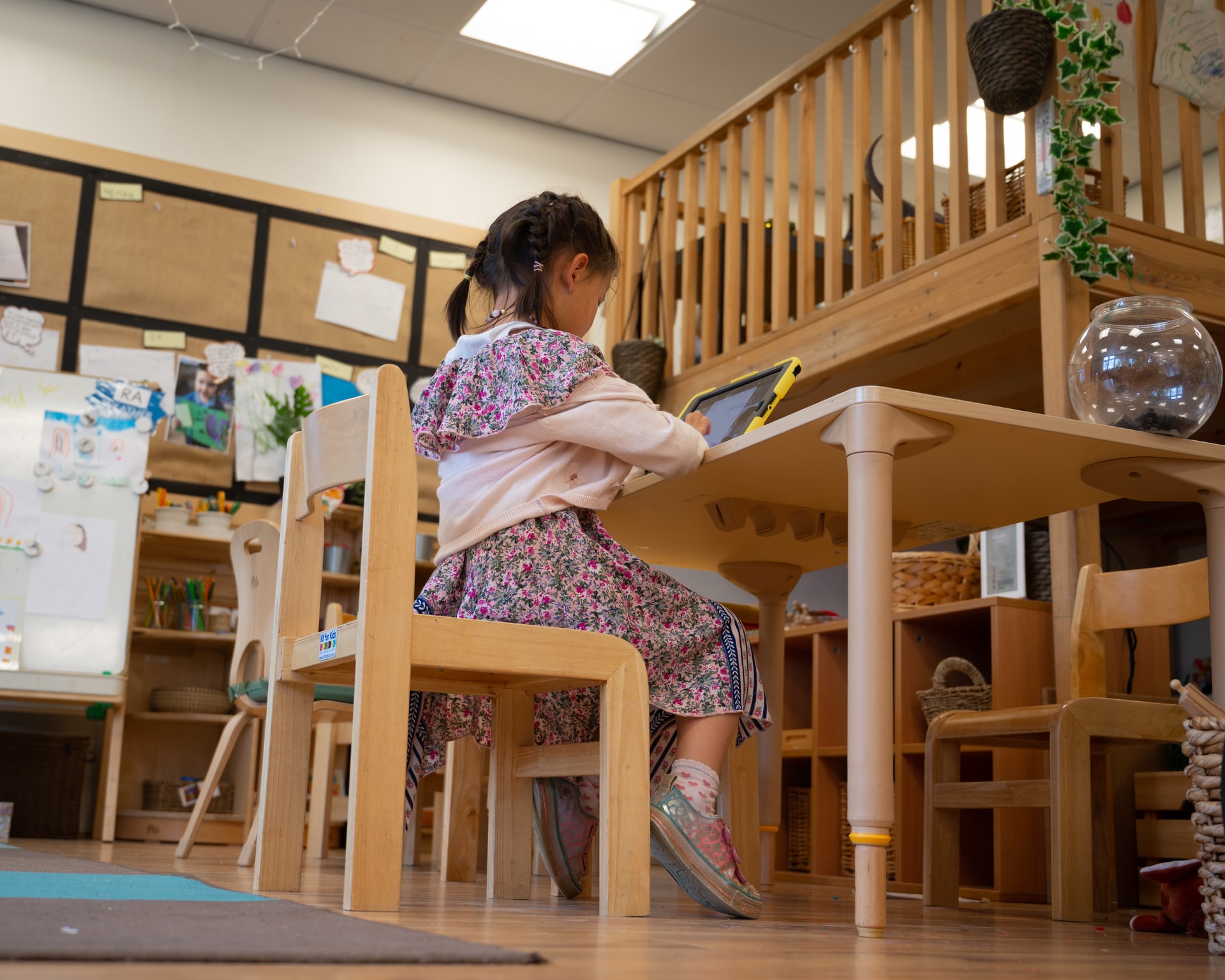Are you looking for ways to teach students to allow others to take part in activities? If so, keep reading.
1. Make sure that those students who are willing to take turns are not taken advantage of by their peers.
2. Make sure that other students are taking turns with the student so a reciprocal relationship can be achieved.
3. Provide a realistic level of expectation for taking turns.
4. Get the student to participate in a learning experience with one peer. As the student shows success, slowly increase the size of the group.
5. Ascertain the peers with whom the student would most prefer to interact and attempt to enable the interaction.
6. Let the student have many turns and enough learning materials to satisfy immediate needs, and slowly require sharing and taking turns.
7. Designate the student to interact with younger peers.
8. Designate the student to participate in learning activities in which they are likely to interact successfully with peers.
9. Make sure the student knows that interacting with peers is contingent upon appropriate behavior.
10. Teach the student appropriate ways to interact with peers in group games (e.g., suggest learning activities, share learning materials, problem-solve, take turns, follow game rules, etc.).
11. Observe learning activities closely, so the peer(s) with whom the student interacts does not encourage unacceptable behavior.
12. Make sure that learning activities are not so stimulating as to make successful interactions with peers complicated.
13. Place the student in extracurricular learning activities to urge appropriate interaction with peers.
14. Identify the peer with whom the student is most likely to be able to successfully interact (e.g., a student with similar interests, background, classes, behavior patterns, nonacademic schedule, etc.).
15. Make sure, beforehand, that the student can successfully take part in the learning experience (e.g., the student knows the rules, the student is familiar with the game, the student will be compatible with the other students playing the game, etc.).
16. Consider using a classroom management app. Click here to view a list of apps that we recommend.
17. Consider using an adaptive behavior management app. Click here to view a list of apps that we recommend.
18. Consider using Alexa to help the student learn to behave appropriately. Click here to read an article that we wrote on the subject.
19. Click here to learn about six bonus strategies for challenging problem behaviors and mastering classroom management.





